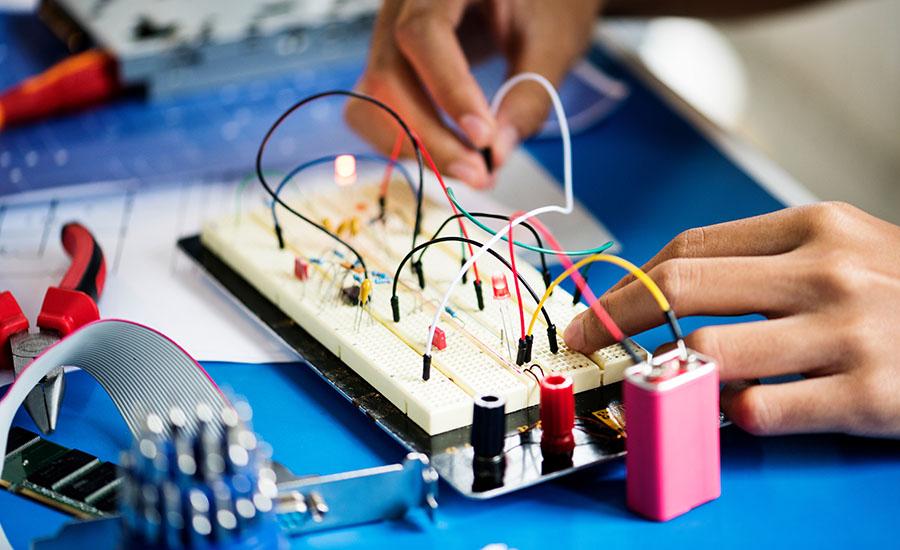
Flow of Energy through Electric Currents
by Christian Viernes
In this lesson, students will develop and use the model of a simple circuit to explain how energy is moved through electric currents. The current and voltage in circuits with 1 dry cell and 2 dry cells are compared. Students observe that the ammeter and voltmeter readings are greater in the circuit with 2 dry cells as compared to the circuit which has only one dry cell. Also, the bulb in the circuit with 2 dry cells glows brighter than the bulb in the circuit with only 1 dry cell. This lesson will show students that as the voltage increases, the current also increases.
Lesson Grade Level
4th GradeLesson Plan Link/URL
https://docs.google.com/presentation/d/1ocU0GLhk-qAn6bA3F-NGh6TgECe59xg3/edit?u…Subject Area
Science Physical Science P4: Energy Transfer Mathematics Measurement and Data (MD) English Language Arts (ELA) Writing
Featured
Off
Related Content

Grades:
4th Grade
In this STEM Challenge, the student’s task is to build a car that is powered only by the force (push or pull) of a pair of magnets. Students experience push and pull first-hand as they construct their

Grades:
7th Grade, 8th Grade, 9th Grade, 10th Grade, 11th Grade, 12th Grade
This is an overview of Electronic Circuits, using TinkerCad to learn how to change components, add wires and connect a circuit. Three online simulation lessons are provided with the option to continue

Grades:
1st Grade, 2nd Grade, 3rd Grade, 4th Grade, 5th Grade
In this hands-on lesson, students explore engineering and art as they use the same materials as the three little pigs to create a structure that would survive the blowing of a wolf (fan). Students